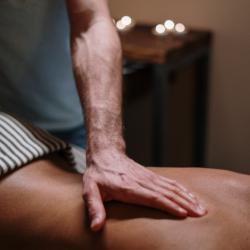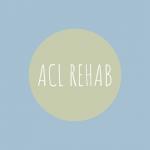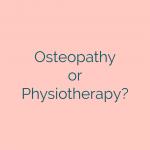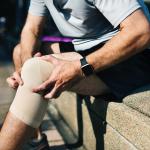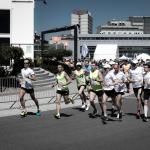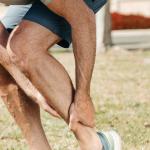If you’ve experience low back pain before, you’re not alone. It is the most common musculoskeletal complaint worldwide, with 60-80% of the population experiencing this at some point in their life. I see people reporting a variety of ways their pain onset. This ranges from a lifting injury, sports, simply bending over, to a progressive nature over a number of days to weeks. Sometimes, during an assessment of someone with a repetitive low back issue, his or her concern for injury has persisted AFTER pain has subsided. Regarding potential sources of pain, the discal injury, or ‘slipped disc’ is usually of concern to the person in front of me.
The disc has received a lot of press of many decades. Mainstream education to the general public show the disc as a vulnerable, easily injured and unstable structure that could slip as easily as a bar of soap from your hand. It’s no surprise then that research shows individuals who sustain a back injury, might believe they need to permanently protect their back by avoiding certain movements and activities. This can involve anxiety regarding their back and lower self-confidence, which can affect their lives in other ways and lead to repetitive bouts of or persistent low back pain. This isn’t very positive thinking! But here is the great news!
The term ‘slipped disc’ we know is frankly incorrect. If you have a look at the diagram below, you will see the disc doesn’t just sit on the vertebrae. It is connected by what’s cartilage bony layer endplates which support the disc. This forms what is called a ‘symphysis joint.’ An example of this is the pubic symphysis which is incredibly strong! In addition, very strong ligaments to the front and back, as well as our wonderfully strong muscles provide support. The disc itself is also very strong, it takes at least 450lb to compress a disc 1mm! and that is without the input of ligaments and muscles giving it support! How good!
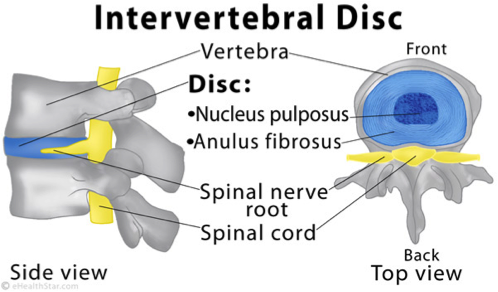
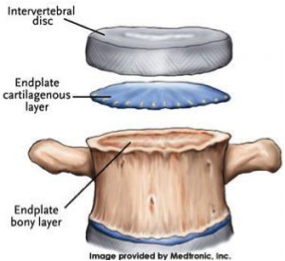
More correct terminology is ‘bulging’ and ‘herniation’. However, a few key points about these and low back pain below:
- Less than 10% of low back pain is attributed to a specific condition. The majority of these are spinal fractures, inflammatory diseases e.g. ankylosing spondylitis and malignancies.
- Discal abnormalities are common in people without pain (even with no history of back pain!) and increase with age.
- Discal injuries have a high incidence of healing!
- Even if a disc remains bulged after pain has subsided, normal function can be resumed with correct education and rehabilitation.
- Exercise and movement improve disc (among all other structures in your back) strength and health
From this research, we now know that discs do not slip! On a wider view of low back pain this might sound strange but keep reading: A particular structure cannot be identified as a source of pain in the majority of low back pain. Now this is not to completely discard structural injury, nor does mean that your pain is not real, or that we can’t get you better. What it means is we don’t have to purely focus on changing what your back looks like to improve your pain and function. What is important is you get the right information regarding low back pain, an individualised assessment and plan. For specifics regarding the benefits of movement, education and low back health, see our blog post Back Pain Management Options: A Physiotherapist's Approach.
References:
Images
https://openwetware.org/wiki/BME100_f2016:Group15_W8AM_L1 (top image)
https://www.spinemd.com/symptoms-conditions/annular-tear (bottom image)
Our Barnes Clinic
Our clinic is located in Barnes, South-West London and is easily accessible by public transport.
For more information including parking and other practicalities see our Barnes clinic page
Book an Appointment
Booking an appointment with one of our therapists is quick and easy. There is no long waiting time and you don’t need a referral from your GP.
